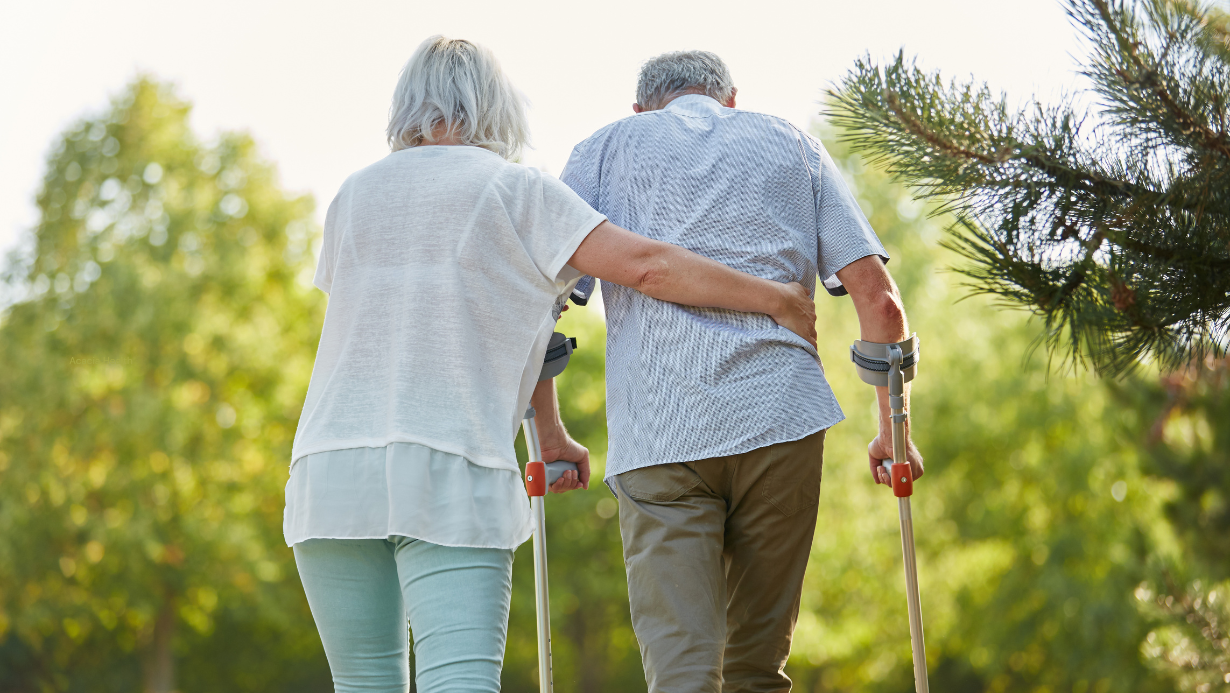I often see people who are both neurodivergent and hypermobile. Research suggests this is not a coincidence, with neurodivergent people being more than two times more likely to be hypermobile than neurotypical people1,2. Neurodivergent people are also more likely to experience chronic pain than neurotypical people1,2. Although the relationship between neurodivergence and pain is thought to be complex and multi-variable, sustained sympathetic nervous system activity has been observed in both neurodivergent5 and chronic pain6 study participants. The sympathetic nervous system is the “fight or flight” stress response. When it persists, this elevated stress response makes us more sensitive to our environment and seems to impair our ability to regulate pain6.
With this information at hand, it seems important to note that neurodivergent people are more likely to exhibit this stress response with changes in routine, sensory stimuli and “autistic burnout”4. Autistic burnout (or perhaps we could call it “neurodivergent burnout”) is nervous system overload attributed to the energy costs and stresses of being neurodivergent in a neurotypical world3. In other words, neurodivergent people may have a more sensitive nervous system that is more easily overloaded by social and sensory stimulation and less tolerant of change.
This information is helpful when considering variables that may contribute to pain, and therefore ways to manage pain. For example, when you are in pain, rather than doing something that provides a lot of sensory or social input, try to calm your sympathetic nervous system. If you don’t have a self-calming routine, research suggests putting on compression garments, finding a quiet dimly lit space, slow breathing, mindfully relaxing your body, and reassuring yourself with affirmations (such as “hurt doesn’t necessarily mean harm”) can help reduce sympathetic nervous system activity and pain.
If you would like to explore these concepts further, here are some websites you might find helpful:
Reframing Autism: Navigating Autistic Burnout
Want to read more of Aaron’s articles on EDS, click here.
References:
- Csecs, J. L. L., Iodice, V., Rae, C. L., Brooke, A., Simmons, R., Quadt, L., Savage, G. K., Dowell, N. G., Prowse, F., Themelis, K., Mathias, C. J., Critchley, H. D., & Eccles, J. A. (2022). Joint Hypermobility Links Neurodivergence to Dysautonomia and Pain. Frontiers in psychiatry, 12, 786916. https://doi.org/10.3389/fpsyt.2021.786916
- Donaghy, B., Moore, D.,& Green, J. (2023). Co-Occurring Physical Health Challenges in Neurodivergent Children and Young People: A Topical Review and Recommendation, Child Care in Practice, 29:1, 3-21, DOI: 1080/13575279.2022.2149471
- Higgins, J. M., Arnold, S. R., Weise, J., Pellicano, E., & Trollor, J. N. (2021). Defining autistic burnout through experts by lived experience: Grounded Delphi method investigating #AutisticBurnout. Autism : the international journal of research and practice, 25(8), 2356–2369. https://doi.org/10.1177/13623613211019858
- Rumball, F., Happé, F. and Grey, N. (2020), Experience of Trauma and PTSD Symptoms in Autistic Adults: Risk of PTSD Development Following DSM-5 and Non-DSM-5 Traumatic Life Events. Autism Research, 13: 2122-2132. https://doi.org/10.1002/aur.2306
- Thapa, Rinku & Alvares, Gail & Zaidi, Tooba & Hickie, Ian & Park, Shin & Guastella, Adam. (2019). Reduced heart rate variability in adults with autism spectrum disorder. Autism Research. 12. 10.1002/aur.2104.
- Yeater, T. D., Clark, D. J., Hoyos, L., Valdes-Hernandez, P. A., Peraza, J. A., Allen, K. D., & Cruz-Almeida, Y. (2021). Chronic Pain is Associated With Reduced Sympathetic Nervous System Reactivity During Simple and Complex Walking Tasks: Potential Cerebral Mechanisms. Chronic stress (Thousand Oaks, Calif.), 5, 24705470211030273. https://doi.org/10.1177/24705470211030273




